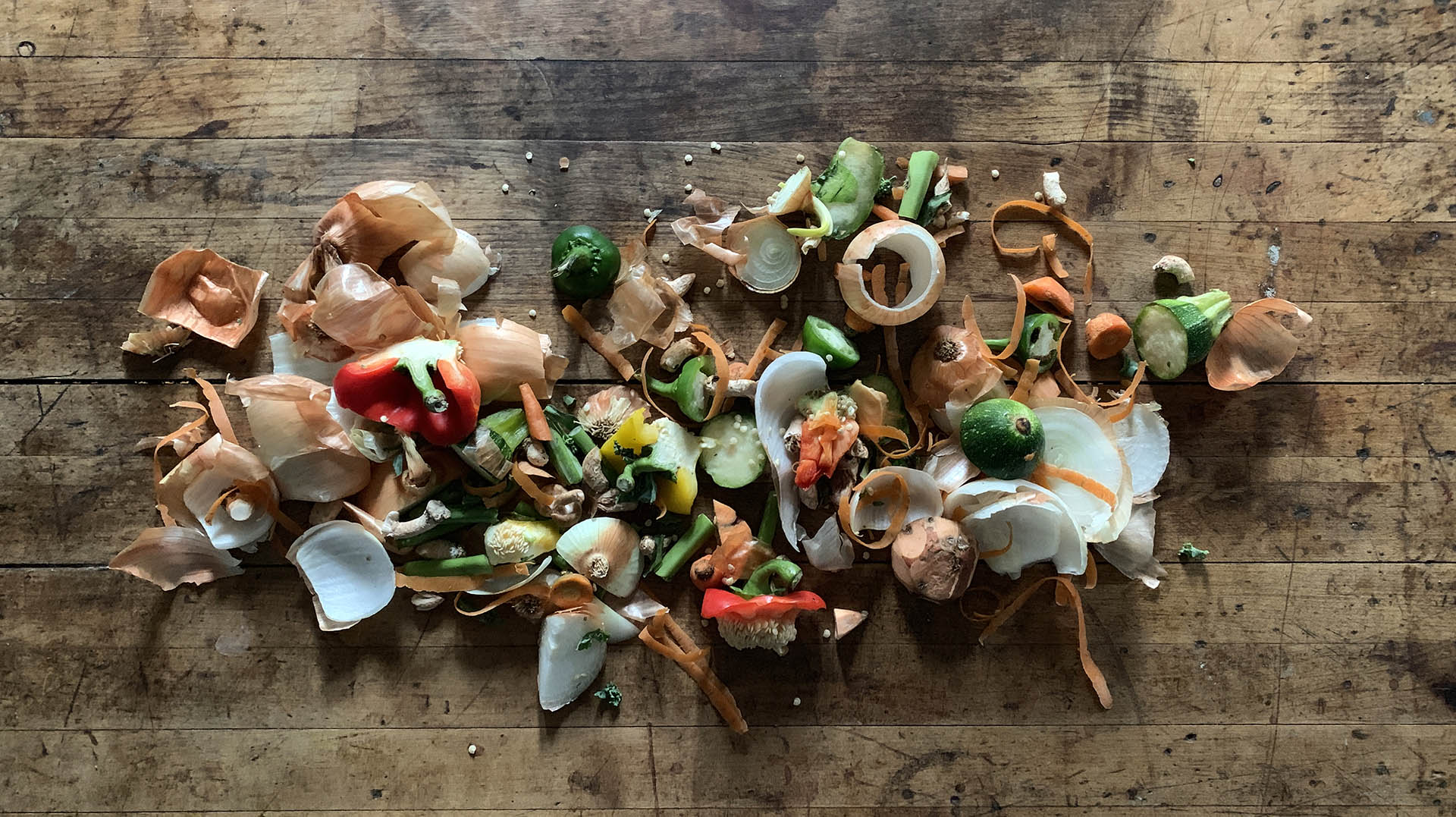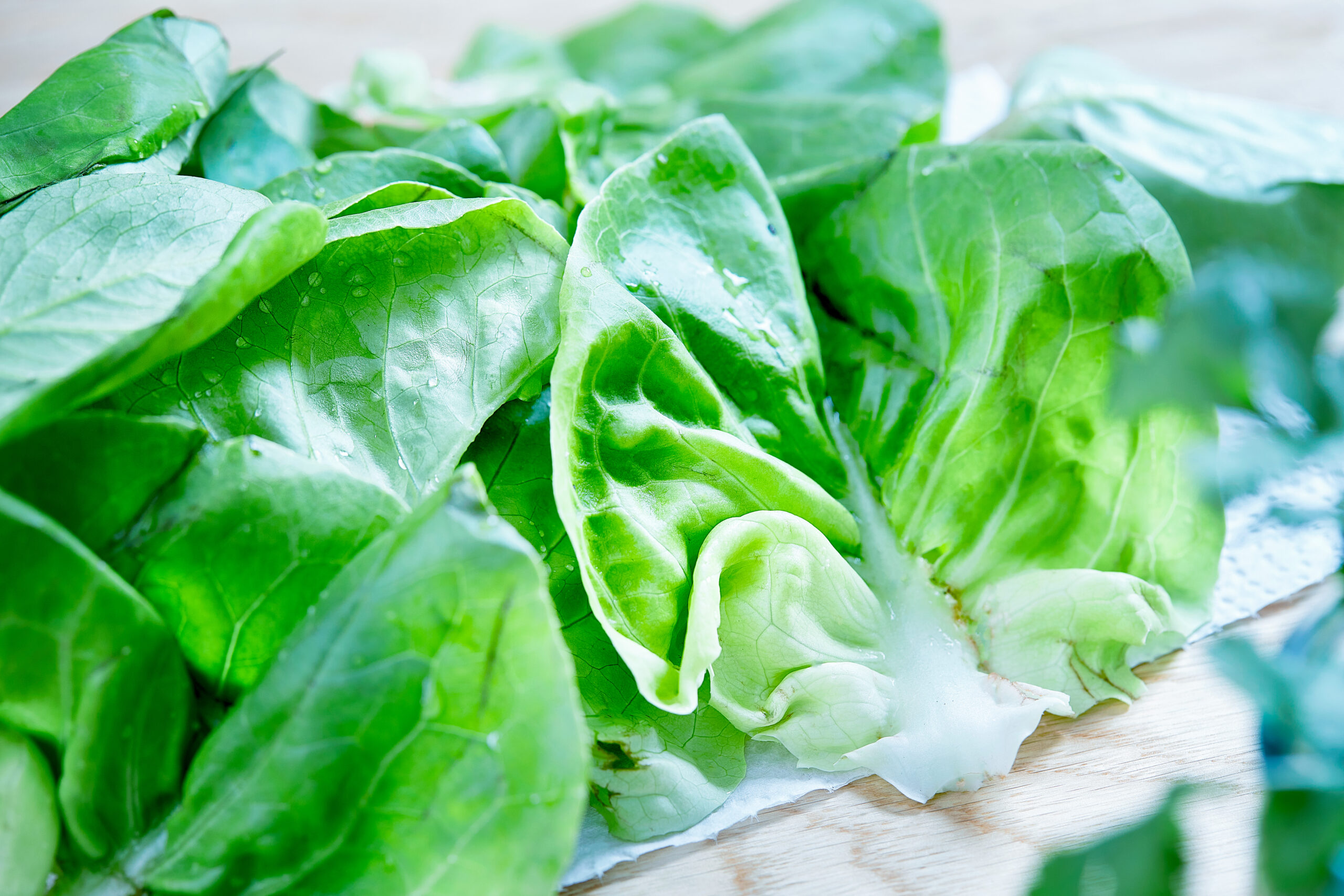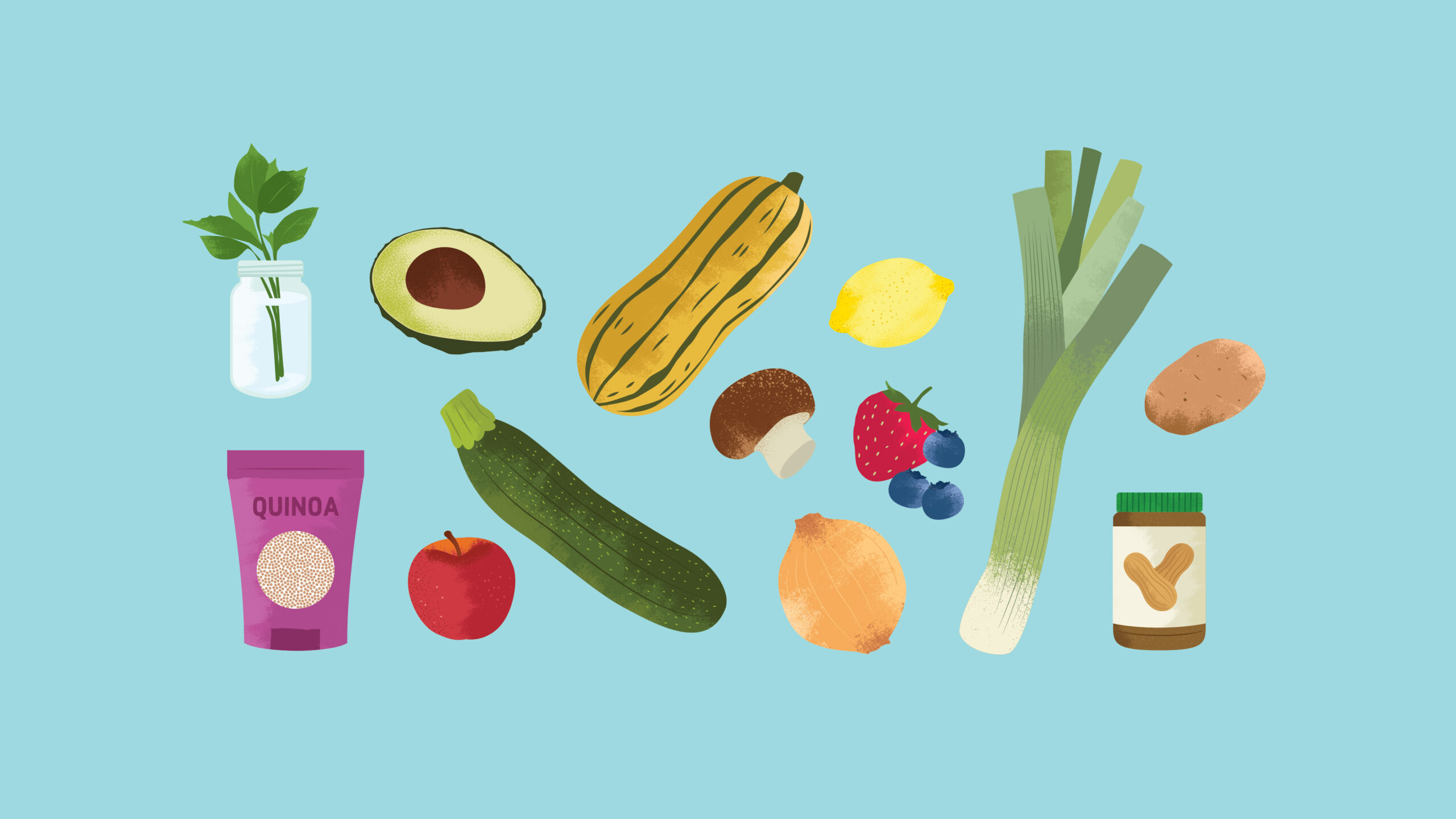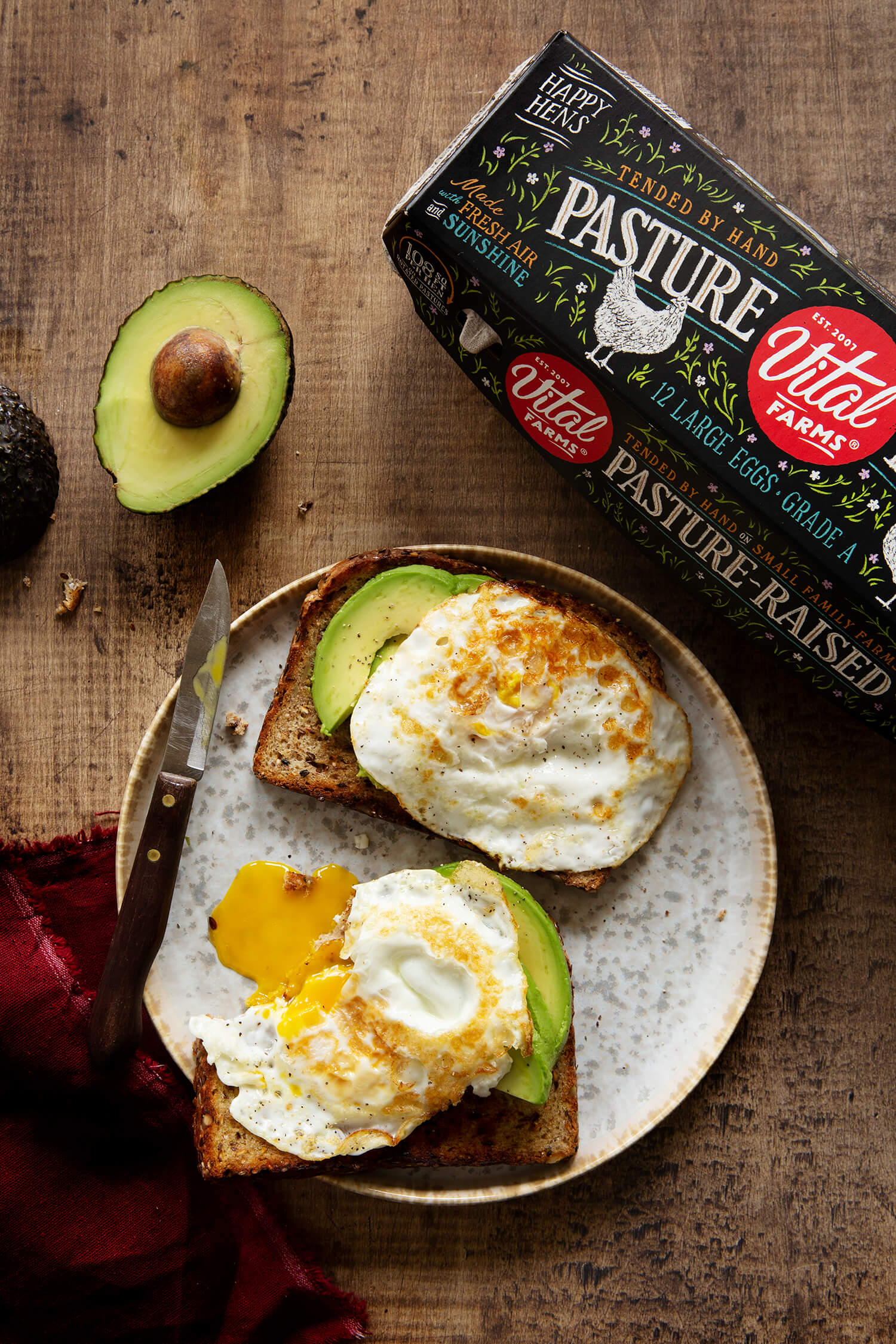A pound of cheese takes hundreds of gallons of water to produce, making cheese waste one of the true kitchen tragedies. So here are Roth Cheese’s seven top tips for storing cheese so it lasts longer and doesn’t go to waste:
- Keep cheese in the vegetable drawer, where the temperature is cold and stable.
- Cheese ages and perfects with air exposure, which means it needs air to taste its best. Wrap your cheese with wax or parchment paper (not plastic wrap) so it can breathe. If you’re looking for reusable food wrap to keep in your kitchen, we recommend stocking up on Abeego and Beeswrap.
- For soft cheeses like chevre or goat cheese, place leftovers in a resealable plastic container instead. This is a great time to put a reusable Stasher bag to use.
- Don’t store cheese near highly aromatic foods, as it may absorb these flavors as it “breathes” in your fridge.
- If you’re storing your cheese in wax paper, use a fresh piece of wax paper to rewrap cheese after each use.
- The length of time you can keep cheese also differs according to the variety; in general, the harder the cheese, the longer it will last.
- For the best flavor, only purchase as much cheese as you can consume within one week.
For even more storage tips and advice, be sure to check out our grocery storage guide!










I have found that when I store my cheese in reusable food wraps or compostable bags the edges tend to get hard. When I store cheese in the plastic wrap it came in and then a plastic sandwich bag is stores better, at least in the dairy shelf in my fridge.
Interesting!
I agree, the plastic wrap keeps cheese better. I hate using it, but plastic still can do some things better.
Yes, the edges do get hard. They are supposed to! If you’re keeping cheese for a very long time, then bag it because you’re not buying it for the best “eat now” flavor anyway. But if you’re eating it within the window of a week or so, it will be resting in your frig. And while it rests, cheese creates a “rind” and the flavor continues to develop. It is similar to aging expensive meats if you’re into that sort of thing (Think very expensive steak house). The intensity of the flavors of the cheese continue to increase.
SO…..
For me, I don’t want a big hard piece of the edge on a cracker. So I slice the edges into smaller little slivers and let it melt in my mouth! Or grate it like parmesan. Or cut them in a small dice for salad topping – where that deep flavor will shine. So now you have two nice cheeses in one: the rind with intensity you can grate, and the middle that you can just cube up an eat like normal. Hope that helps!
A cheese genius! ????
Thank you!!1
????????????
Thank you!!1
I used to volunteer at the local coop cutting cheeses. I often bought moldy chunks because I wasn’t afraid of them.
I wrap my cheeses in pieces of an old cotton sheet. Then I reuse the ziplock bag that I have been using for years and tuck them in. Finally, I add a couple drops of vinegar. The increased acidity in inhibits mold.
The sheet pieces get washed between uses and have been reused for years. Not to mention they had a full life on my bed before they were torn into random rectangles for my cheeses. I didn’t hem them.
The ziplock, as I said, has been used for years. It has a few pinhole leaks in it, but it doesn’t matter. I don’t buy new ones.
I only toss ziplocks if they have been used for meat.
Way to go food waste warrior, you rock! You cheddar believe it! ????????